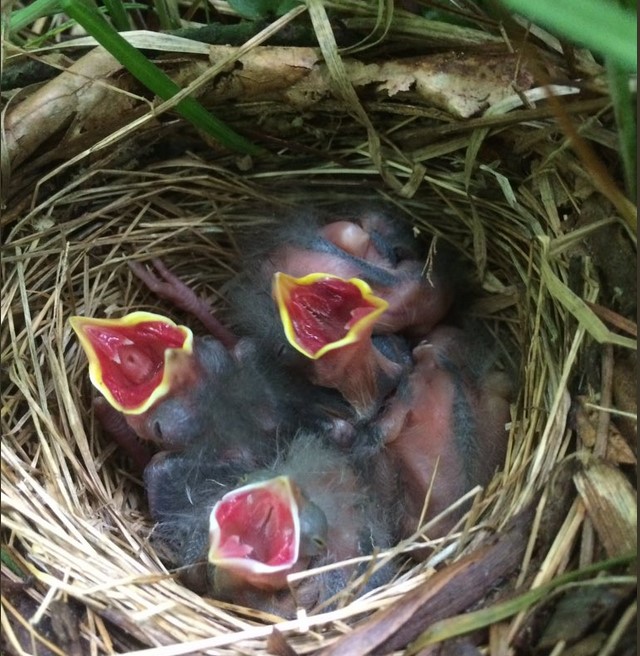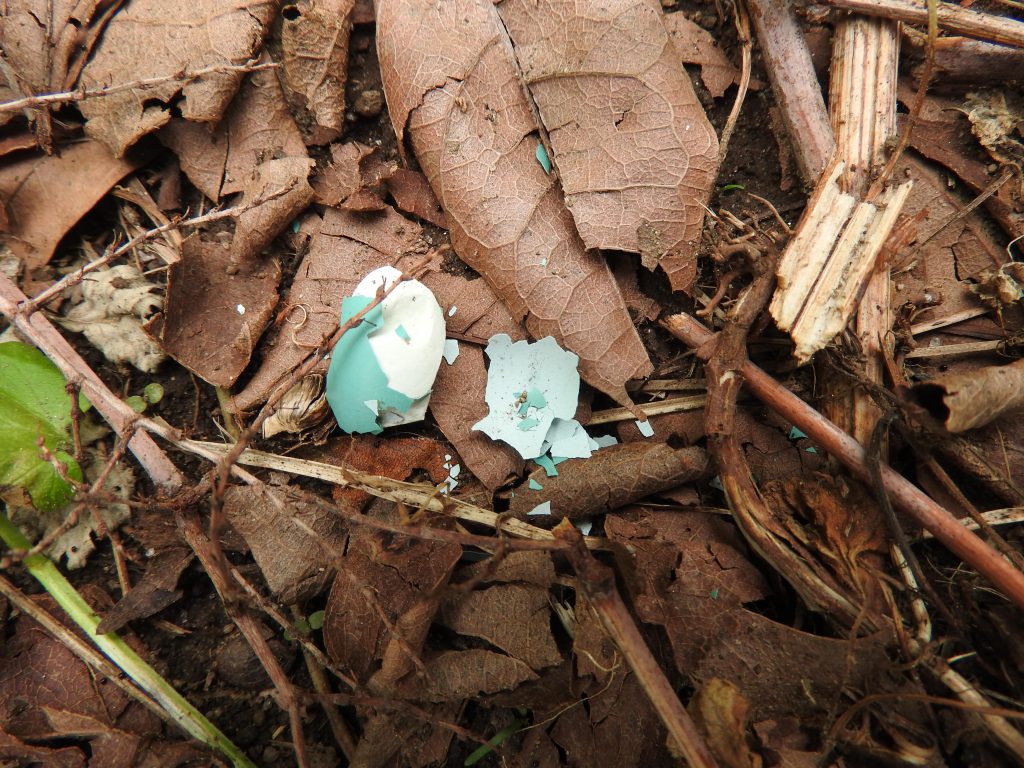This week, we’ve received a number of questions about the use of breeding codes, so I thought it would be helpful to compile some answers here in one place. (Note that detailed definitions of all codes are posted here.)
Is a drumming woodpecker “singing”?
Although drumming is not song per se, the S code should be used for any sounds that are made by breeding birds. Song is the most common of these, but woodpecker drumming functions in the same way and should be coded the same. Similarly, woodpeckers counter-drumming, or drumming in the same location at least a week apart, can be taken as evidence of territoriality (code T).
Two related notes: (1) Since code S indicates breeding evidence it should not be used for sounds that are used throughout the year for reasons that are unrelated to breeding. For those sounds, code H is more appropriate. Neither code should be used if the bird is not in suitable breeding habitat. (2) Although the eBird app defines S as “singing male”, be aware that various species have female songs that function much like male song. Although largely neglected by researchers until recently, we now know that over 40% of North American songbirds have some sort of female song (for more on this topic, see this recent commentary by Karan Odom and Lauryn Benedict). For atlasing purposes, the S code can be used for either sex.
What should I do about evidence of cowbird parasitism?
Cowbirds are brood parasites, which means that females do not build nests or provide any parental care. Instead, they lay their eggs in other birds’ nests, and let the “host” parents raise their young. If you see a young cowbird being fed by a host parent, or if you find a nest with cowbird eggs or young, then treat it as evidence of confirmed breeding for both the host and the cowbird. If you can identify the host species, please make a note on your checklist so that we can compile data on the most common hosts.

This brown-headed cowbird chick (bottom) in an eastern towhee nest confirms both species (code NY = nest with young). Photo by Eliza Grames; used with permission.
If I find an eggshell, does that confirm breeding?
Yes, both small shell fragments (which suggest a predator attack on a nest), or a complete half shell (which suggests that a chick has hatched and its eggshell has been carried away from the nest by a parent) confirm breeding. For these cases, use code UN, the full definition of which is “used nests or eggshells found within atlas years”. Note, though, that you should only use the UN code if you are certain of your identification of the eggshell.

This eggshell confirms breeding and warrants the UN breeding code, but only if the species can be identified. Blue eggs are often assumed to come from American robins, but other thrushes also lay blue eggs. This photo was taken in my yard where I know of at least two robin nests and where I’ve seen no evidence of other thrushes nesting in the past 19 years – consequently, that identification seems reasonable in this case.